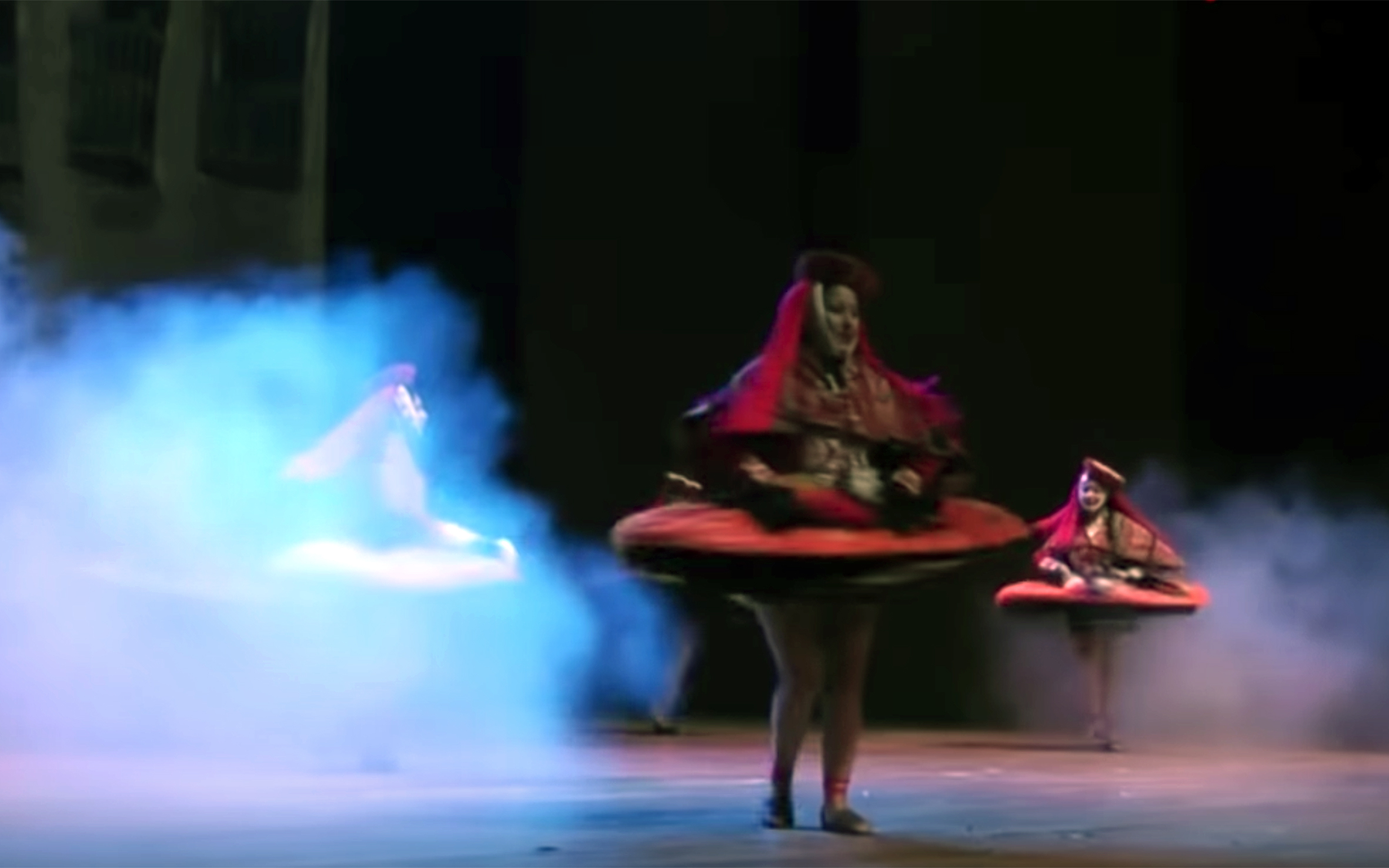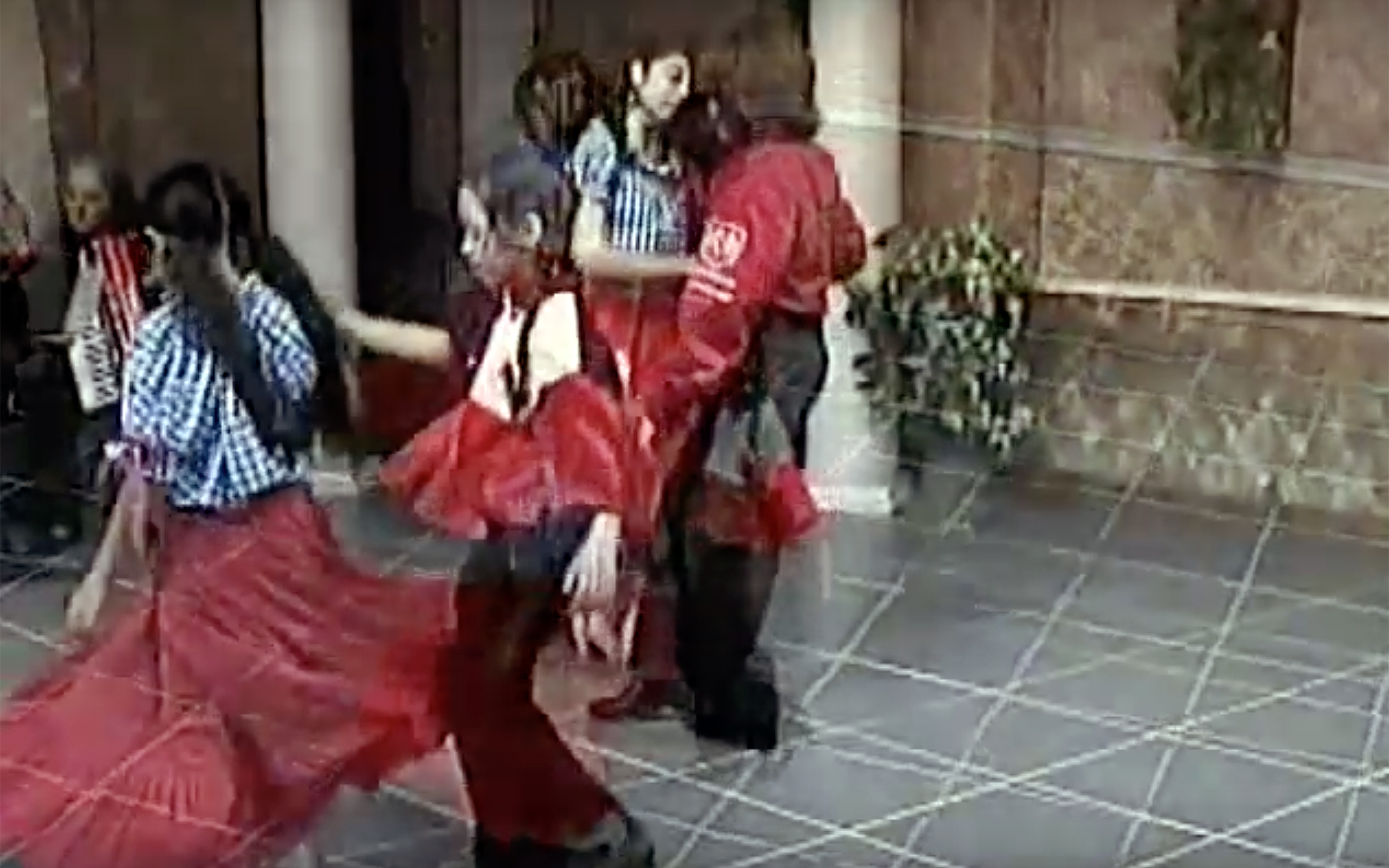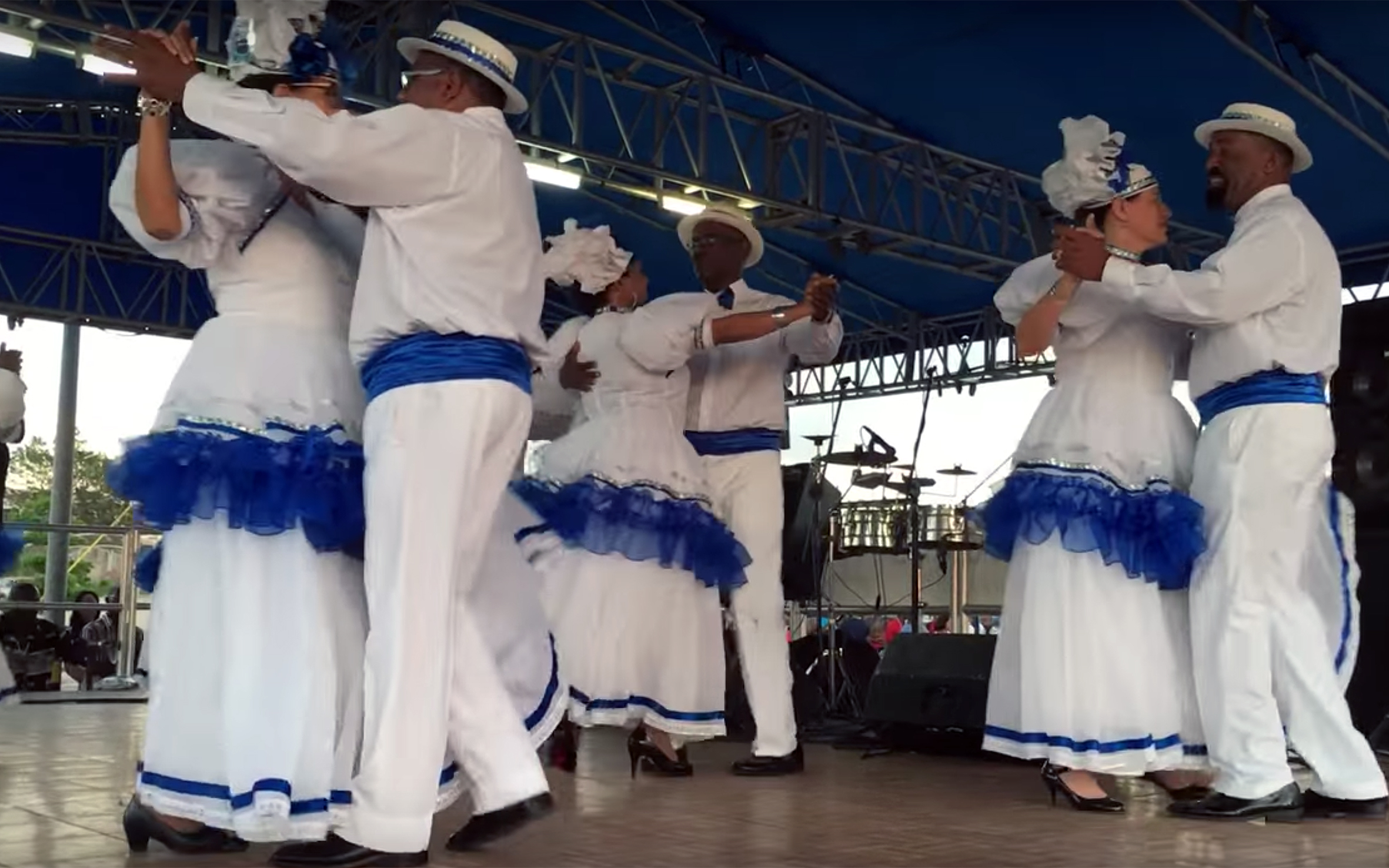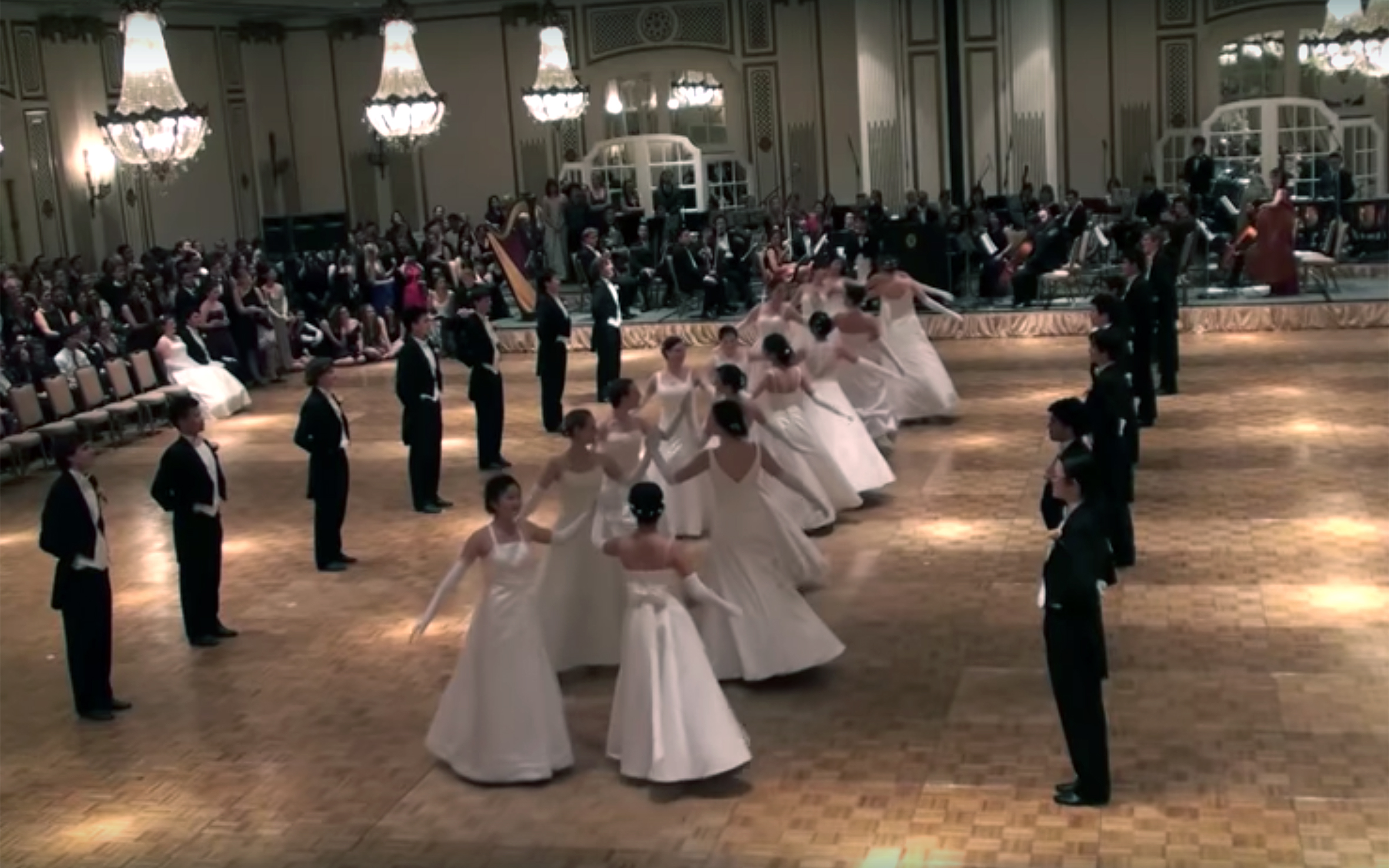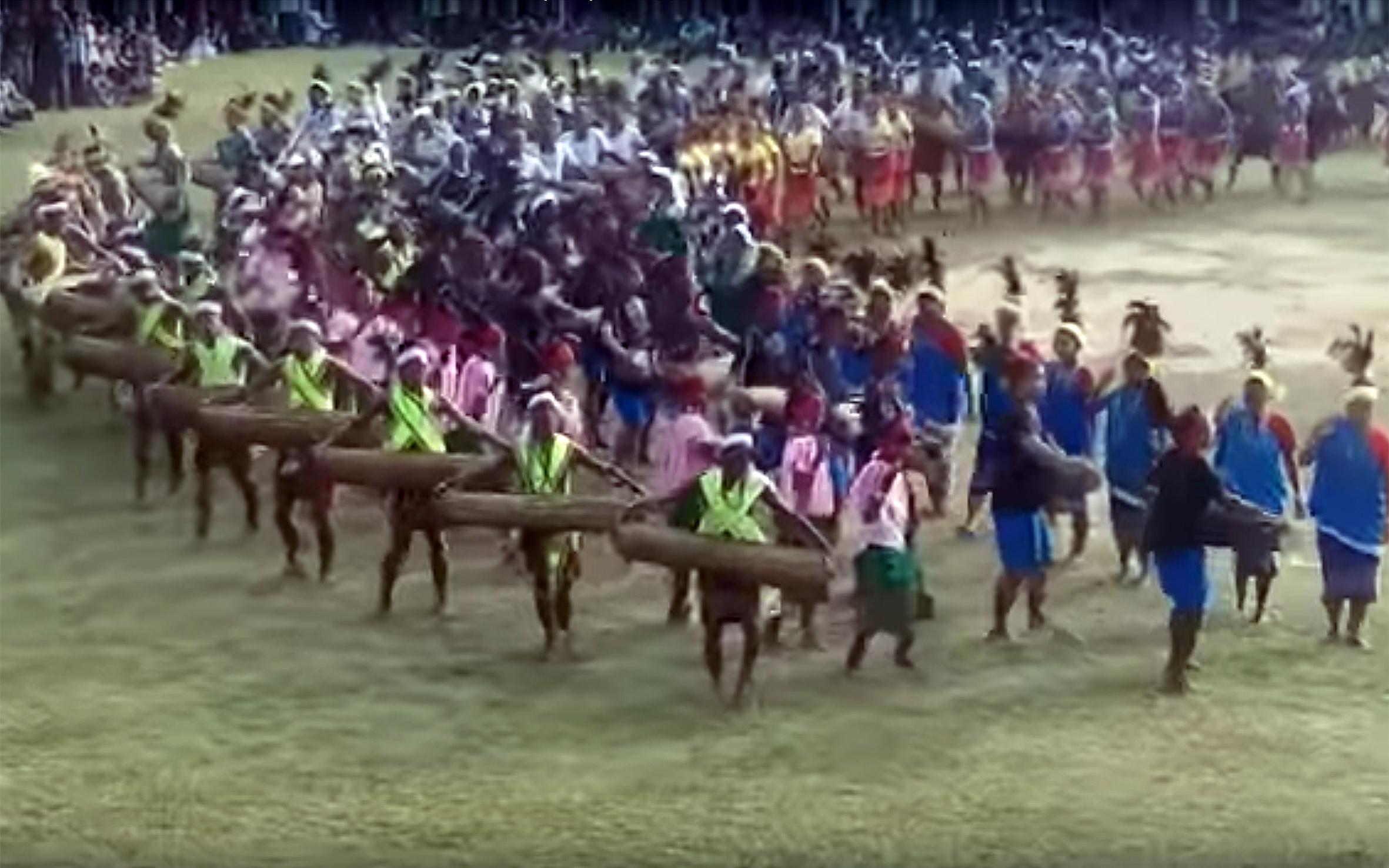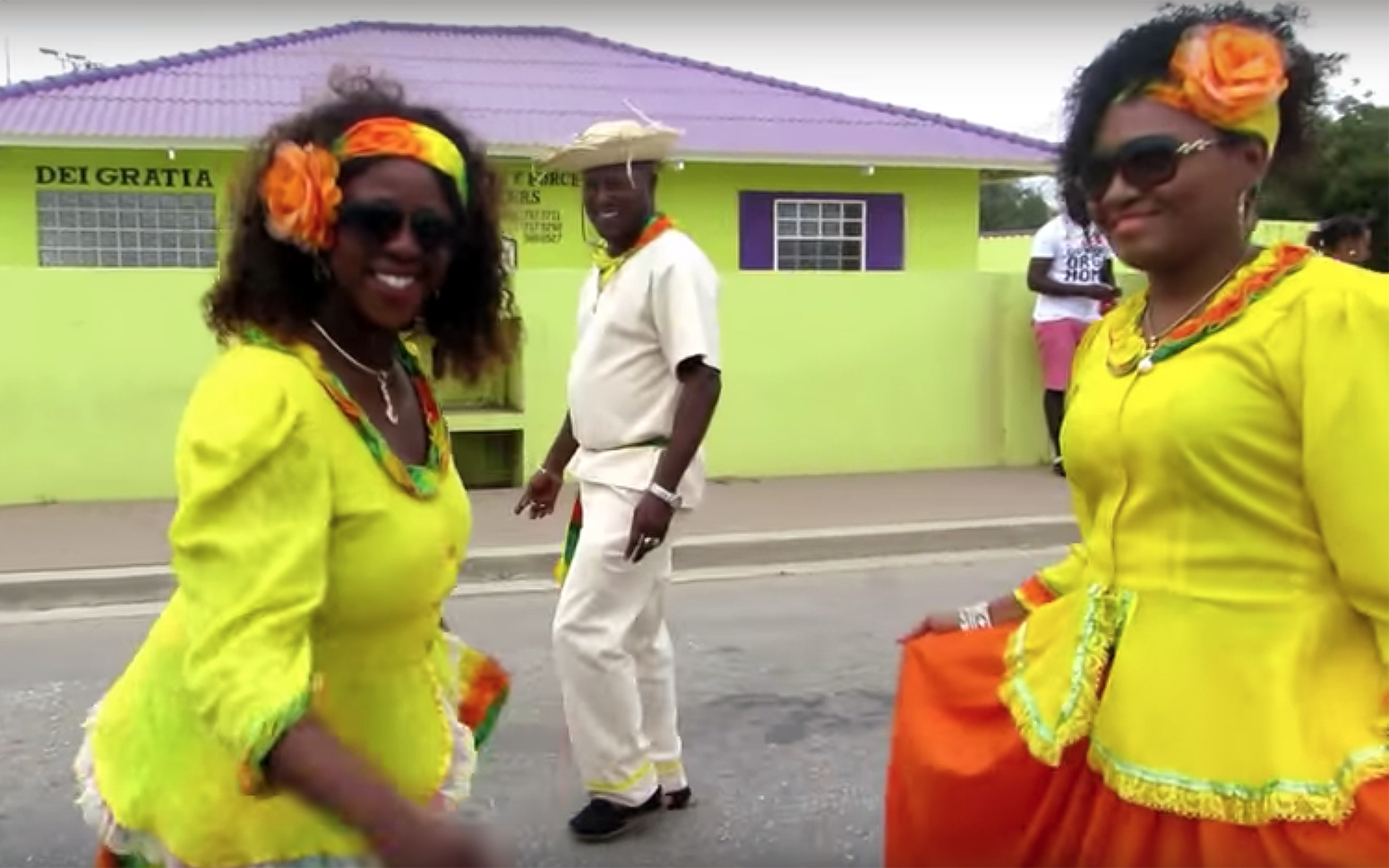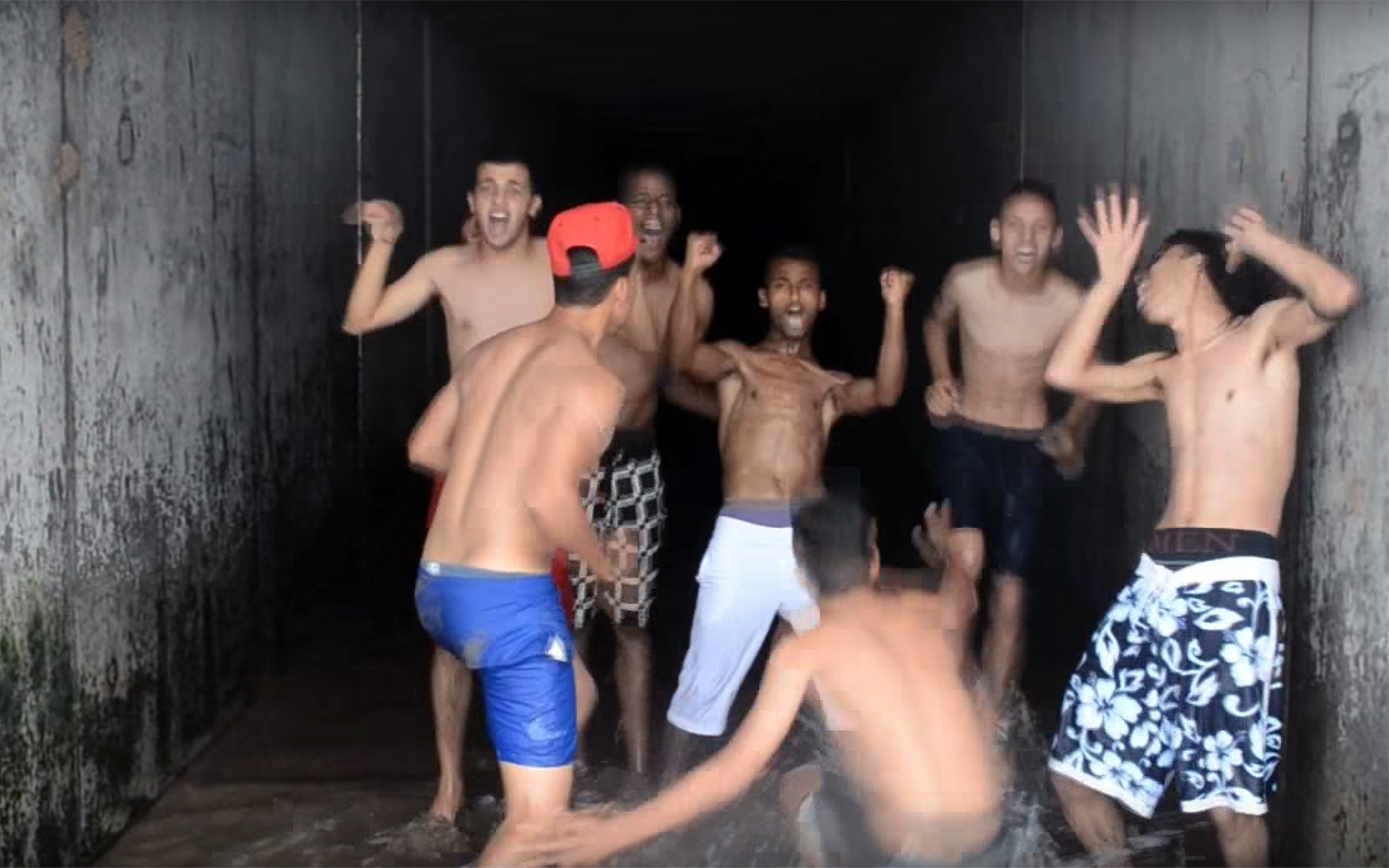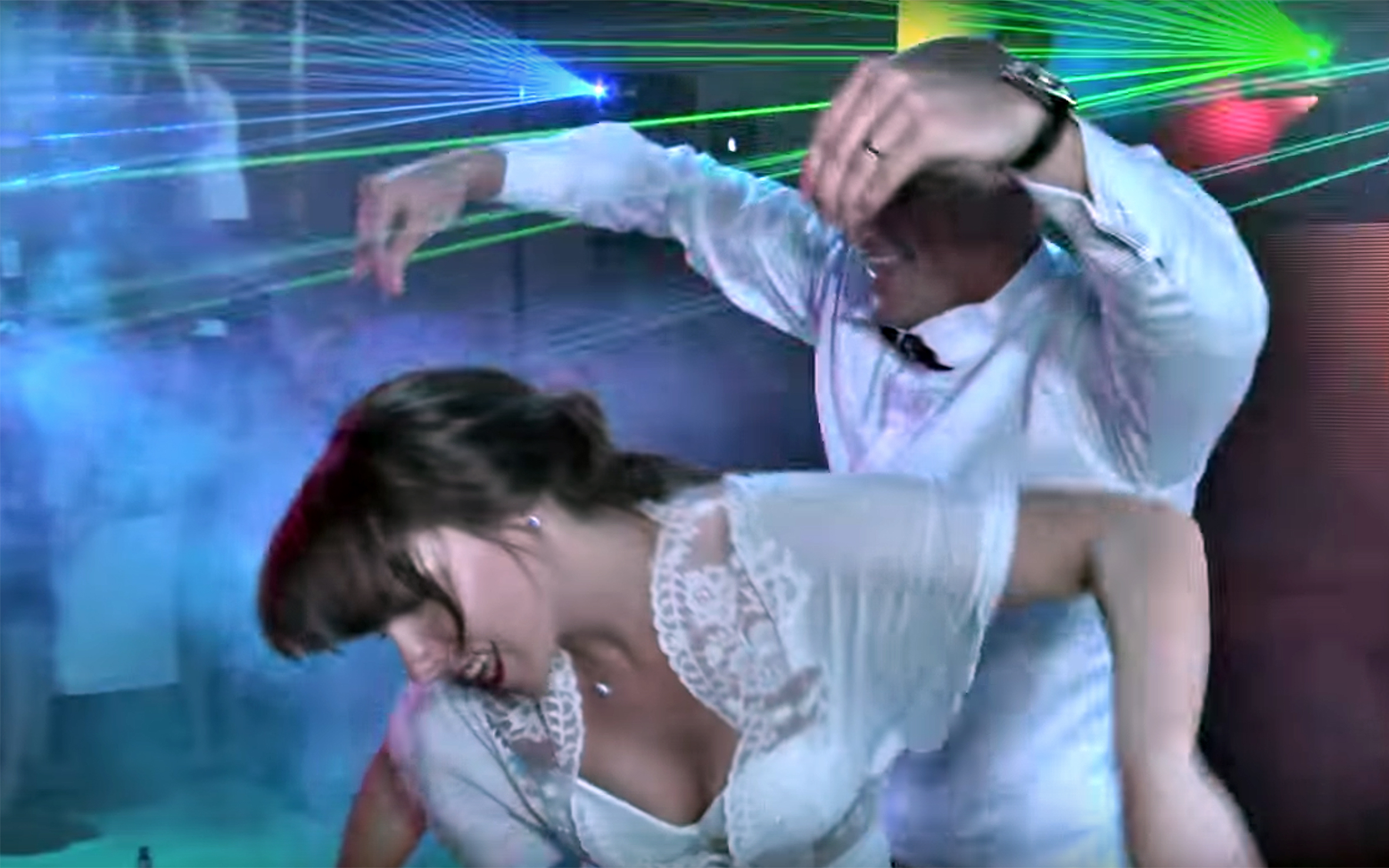955.Wai Khru / Thailand
WAI KHRU is a ritualised form of a dance meant to pay homage to a khru or a teacher. It is performed annually by Thai classical dance institutions as well as before Muay Thai matches.
956.Wallatas / Peru
WALLATAS is a dance originally from the highland region of Peru (Puno) that represents the journey suffered by the merchants of that area to exchange their products with the region of Cusco.
957.Waldegger POLKA / Germany
WALDEGGER POLKA is a German dance invented by the working-class. It was meant to provide enjoyment and relaxation after long days of hard physical labor. It continues to gain popularity even today.
958.Wallachian / Czech
WALLACHIAN is a folk dance coming from Wallachia, the north-eastern part of the Czech Republic. This region is known for long and preserved traditional dances performed in traditional costumes. The oldest records of Wallachian dance can be found in 1819. During the 19th century, more figurative dances began to be promoted. Wallachian dance has improvised character, and is danced both solo or in a group. It is danced to Gajdoš or Hudec music that is typical for the Wallachian part of the country. It is associated with a large number of folk songs that are sung during dancing. This dance has a simple impression, but it consists of many movements. It is danced by folklore groups.
959.Wals Kurasoleño / Curaçao
WALS KURASOLEÑO is a Curaçaoan waltz, brought in the first part of the 19th century by the Dutch colonizers to the island of Curaçao. First, it was meant as a societal dance with slaves just looking at it, but soon it spread all around the island and started to be danced everywhere. With time African beats were superimposed on the original rhythm, producing distinctive style in both music and dance. Wals Kurasoleño is still popular on the island.
960.Waltz / Global
WALTZ is a ballroom and folk dance, normally in triple time, performed primarily in closed position. It was created in the beginning of the 19th century, as the regional social dances of southern Germany and Austria, such as the Dreher, Ländler, and Deutscher slowly turned into the waltz everyone knows today. This happened by making the tune quicker and adjusting the dance steps to the faster tempo.
961.Wangala / India / Bangladesh
WANGALA (also known as The Festival of Hundred Drums) is a harvest festival celebrated by the Garo people, who live in Meghalaya and Assam in India and Greater Mymensingh in Bangladesh. Villagers give thanks to Misi Saljong (also known as Pattigipa Ra’rongipa), the god of Sun, for blessing the people with a rich harvest. Wangala is celebrated in the months from September to December, with different villages setting different dates for the occasion. The Garo tribe performs traditional drumming and dancing during the Wangala festival, with Garo girls known as Nomil showcasing their dancing skills against 100 young drummers known as Pante.
962.Wapa / Bonaire
WAPA is a dance performed during Simadan, one of the Bonaire’s most widely known parades, traditionally organized in celebration of a successful Sorghum harvest. Everyone in the village participates in bringing in the crops and celebrating with food and drinks. Sorghum harvest time in Bonaire is from February till the end of April. During this time the kunukero (farm-owners), with the help of neighbors, friends and relatives, harvest the ripe and dry sorghum. To reward everyone and to celebrate the good harvest, a Simadan is set up at the kunuku. It consists of dance, music, food, and abundant high spirits. Wapa is a rhythmic, back-and-forth shuffle dance. Rows of people embrace, symbolizing the cooperative effort, and: Wapa!
963.WARBA / Burkina Faso
WARBA is the main celebration dance of the Mossi people who are the largest ethnic group in Burkina Faso, centered around Ouagadougou, but also spread to the Ivory Coast, Mali, Ghana, Togo and Benin. In the past Warba was reserved for a ritual of the same name which occurred only for enthronements and funerals. Bendré, a calabash drum covered with a sheep-skin and struck with the hands, traditionally was used to play the lead. It is associated with the court of Naba, or a Mossi chief, and for announcing important messages. Nowadays more often djembé is used. In the dance, the accent is on shaking your bottom, and alternating leg lifting.
964.Wayway / Morocco
WAY WAY is a dance from Morocco that relies on simple and repetitive movements of the torso and hips. It originated from a song released by TiiwTiiw, Belgium music producer of Moroccan origins. Both the song and the dance led to a viral dance craze in Morocco and Algeria with people uploading their dance on the Internet and sharing it on social media.
965.Wedding dances / Global
WEDDING DANCES are dances performed by a married couple, their families and guests during wedding celebrations. In each and every culture around the world, there are typical ceremonies and dances that are being performed at such celebrations. They vary from place to place. In a number of traditions, wedding dances start with the first dance performed by the married couple. Wedding dances reflect local culture and traditions, as well dancing trends of a given time in history.
966.WELSH FOLK / Wales
WELSH FOLK dancing has quite a sad history. With the advent of the Nonconformist sects in the 18th and 19th centuries, the chapels saw the Welsh folk arts and customs as ones that were very sinful and not in keeping with chapel teaching. Some did resist the pressure and continued to dance (but only behind closed curtains). Today, Welsh folk dancing has a strong tradition, with a whole library of published dances and melodies. The tradition is kept vibrant with new dances and melodies being composed on a regular basis. Wales has over twenty adult dancing teams and hundreds of teams at schools, and Urdd youth clubs across the country.
967.Wheelchair Dance / Global
WHEELCHAIR DANCE is a couple or a single dance for two wheelchair users or for one wheelchair user with a “standing” partner. It includes standard dances such as waltz, tango, Viennese waltz, slow foxtrot and quickstep and Latin American dances such as samba, cha-chacha, rumba, paso doble and jive. There are also formation dances for four, six or eight dancers. Wheelchair dancing started in Sweden in 1968, originally for recreation or rehabilitation, with the first competition held in 1975. Several regional and international competitions followed and the first World Championship was held in Japan in 1998. Since 1998, Wheelchair Dance Sport has been governed by the International Paralympic Wheelchair Dance Sport Committee (IPWDSC), although it is not part of the Paralympic program.
968.Wiener Walzer / Austria / Global
WIENER WALZER is a genre of ballroom dance—the original form of the waltz. It was the first ballroom dance performed in the closed hold or “waltz” position. It is a rotary dance where the dancers are constantly turning either toward the leader’s right (natural) or toward the leader’s left (reverse), interspersed with non-rotating change steps to switch between the direction of rotation. When properly danced, couples do not pass but turn continuously left and right while traveling counterclockwise around the floor following each other. As the waltz evolved, some of the versions that were done at about the original fast tempo came to be called specifically Wiener Walzer to distinguish them from the slower waltzes. In the modern ballroom dance, two versions of Wiener Walzer are recognized: International Style and American Style.
969.Winti-Pré / Suriname
WINTI-PRÉ is a ritual dance evening on the occasion of the gods, the Winti. During Winti-Pré the dancers get into a trance and the spirits take possession of their bodies. This ceremony is part of Winti, an animistic religion that is mainly confessed by Surinamese creoles. The term is also used for all supernatural beings created by A Nana (the God of Gods), the creator of the universe. The Winti traveled to Suriname with the African slaves during transatlantic slavery. The Winti, like the ancestral spirits, watch over all the family members of a particular family tree, who honor them and offer sacrifices as thanks. However, if one violates the spiritual rules and laws, it can lead to retribution. One can come to spiritual atonement and balance by taking ritual herbal baths and performing certain ritual acts.
970.Wolayta DAnces / Ethiopia
WOLAYTA DANCES are dances performed by the Wolayta people living in Southern Ethiopia. They dance with a distinctive waist movement. Compared to the Northern Ethiopian dances like Amhara, which mainly require moving the upper body (e.g., neck, shoulder, chest), the further one goes to Southern Ethiopia, the more movement of the lower body their dances require.


